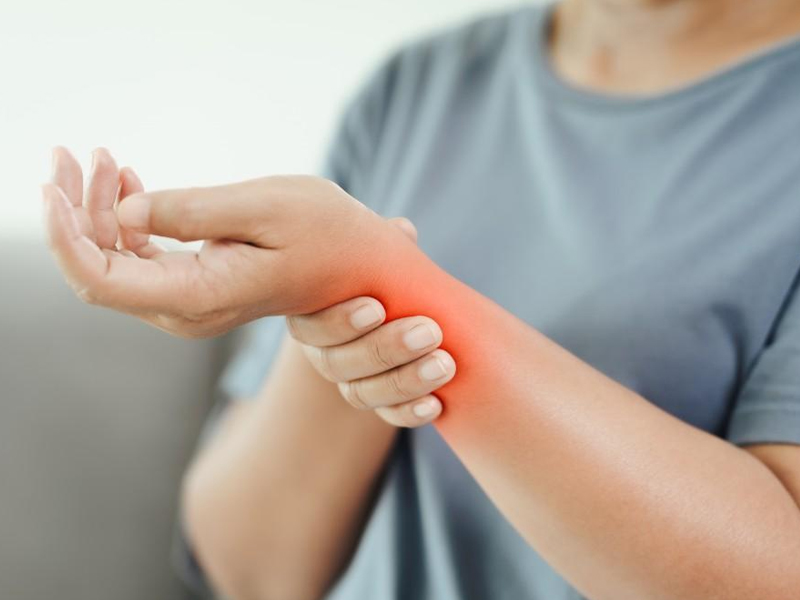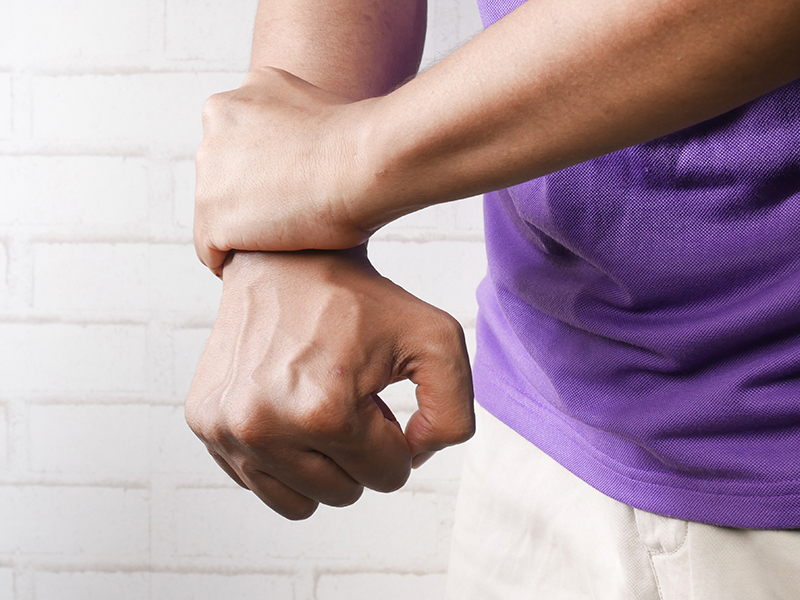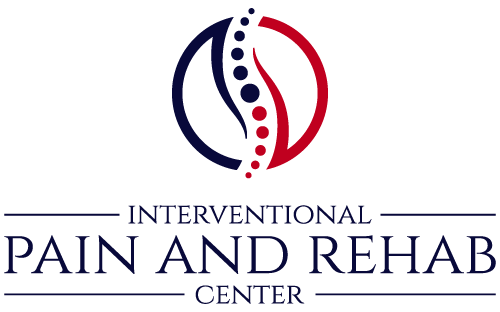Hand/Wrist Pain
Appointment
Fill Out The Form Below
Working Hour
- 8 AM - 5 PM
- 8 AM - 5 PM
- 8 AM - 5 PM
- 8 AM - 5 PM
- 8 AM - 5 PM
- Closed
- Closed

Hand/Wrist Pain
The hands and wrists hurt
Pain in the hands and wrists is a frequent and sometimes crippling ailment. The location of the discomfort might be used to evaluate disorders related to the hands and wrists. The hand and wrist are made up of numerous bones, ligaments, and tendons:
- Eight bones make up the wrist, organized in two rows. These are located between the hand bones (metacarpals) and the forearm bones (radius and ulna).
- Hand: The metacarpals join the fingers and wrist.
- Phalanges are the bones that make up the fingers.
The wrist and hand have numerous joints, numerous ligaments, and numerous tendons that permit various movement patterns and individual finger movement. Several different structures must support this variable movement:
- Tendons connect muscles to the hand and wrist bones, enabling the hand and fingers to flex, extend, and rotate.
- Sturdy connective tissue gives joints flexibility and stability.
- The area’s blood vessels guarantee that there is always enough blood available for movement and the delivery of nutrients.
- Signals are sent by nerves to produce movement and feeling
There are numerous ways in which an injury can happen because your hand and wrist function well due to the cooperation of so many intricate systems. You can feel discomfort if any of these structures break down or become damaged..
Typical Reasons for Pain in Hands and Wrists
Wrist Injuries
Pain in the hands and wrists can have numerous origins. In order to guarantee that you receive the best possible therapy for your ailment, a correct diagnosis is essential.
- One of the several wrist bones or one of the forearm bones may break in a violent blow to the wrist. In addition to the obvious physical malformation of the wrist, there may be tearing of the surrounding ligaments and tendons. This most frequently happens with sports injuries and falls.
- A sprain happens when ligaments are strained or damaged. A strain is brought on by strained or stretched muscles. These injuries happen when your muscles and ligaments are overworked, which happens frequently in the wrist when you play sports.
- One of the more prevalent nerve injuries is carpal tunnel syndrome, which is brought on by compression of the median nerve beneath the flexor retinaculum, a broad band of connective tissue that surrounds the wrist (also known as the carpal tunnel). The hand and fingers (typically the thumb, first, and middle fingers) may become weak, numb, or tingly as a result. Repeated wrist motion is usually the cause of carpal tunnel syndrome.
- Compartment Syndrome build-up of pressure from severe crush-related injuries can result in edema of the hand and wrist. This can spread quickly and crush the nerves and blood vessels. It is an urgent condition because, if left untreated, it can result in significant functional loss.
Hand Injuries
Dislocations: Usually happen when the phalange is knocked out of place, causing hyperextension of the middle joint of the finger. mostly as a result of sporting injuries.

Arthritic
Inflammation of the hand and wrist joints can lead to arthritis, which worsens with time and causes pain and stiffness. Fine motor functions may become challenging as a result. Among the most prevalent kinds of arthritis are:
- When your body targets one or more of your joints, rheumatoid arthritis develops, resulting in pain and swelling.
- When the cartilage in your joint deteriorates and the bones start to scrape against one another, you get osteoarthritis. Pain and stiffness are the effects of osteoarthritis.
- People having a history of psoriasis are seen to have psoriatic arthritis. This may result in pain, edema, and finger deformity.
Hand and Wrist Pain Treatment
At the Denver Spine and Pain Institute, we advise conservative measures when there are no more alarming signs, such as fracture, instability, or infection. Our objectives are to enhance function, lessen discomfort, and enhance quality of life. If required, we will request imaging, possibly including X-rays, to examine the hand and wrist. The particular source of your discomfort will determine what kind of treatment you need.
- Physical therapy aims to increase range of motion, reduce pain, and treat any underlying musculoskeletal issues that may be causing your shoulder pain.
- Short-term symptom relief can be achieved with anti-inflammatory drugs and muscle relaxants, which will facilitate your participation in physical therapy.
- Injections may offer longer-lasting symptom relief if medicine and physical therapy alone are insufficient to relieve your symptoms. Using imaging guidance, our doctors will try to determine the most likely source of discomfort and inject medication into that location.
- Stem cell therapies and platelet rich plasma (PRP) are examples of regenerative medicine therapy.
Surgery can be required if these conservative measures are insufficient to relieve the patient’s symptoms. Before your surgical consultation, our staff will conduct all necessary diagnostic testing to pinpoint the exact source and location of your discomfort. Your surgeon will be able to arrange your procedure with the help of these diagnostic tests.
Regaining a Life Free of Pain
Persistent elbow pain can seriously lower your quality of life by making it difficult to carry out your favorite activities and regular daily duties. Thankfully, this agony is no longer something you have to endure. We provide the most cutting-edge therapies at the Denver Spine and discomfort Institute to relieve your elbow discomfort and get you back to enjoying life.
- A comprehensive range of services, including doctors, physical therapy, massage, counseling on diet and lifestyle, behavioral health, research, and state-of-the-art treatment alternatives
- Forming healing and caring connections that cater to your individual needs
- Talking through your options and giving you the direction you require from a committed healthcare partner
- Assembling a knowledgeable group to manage your care program
